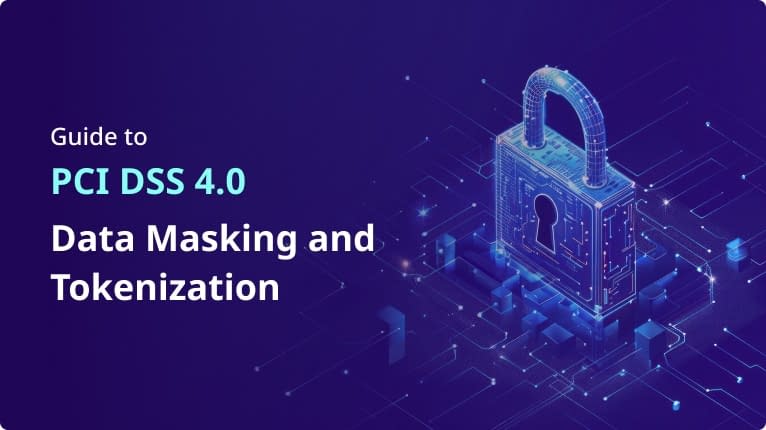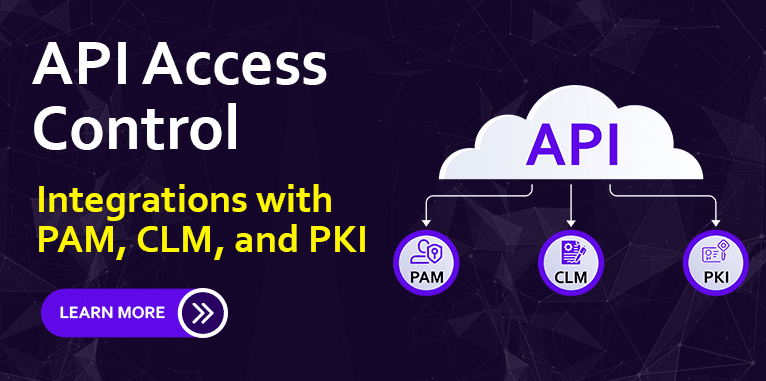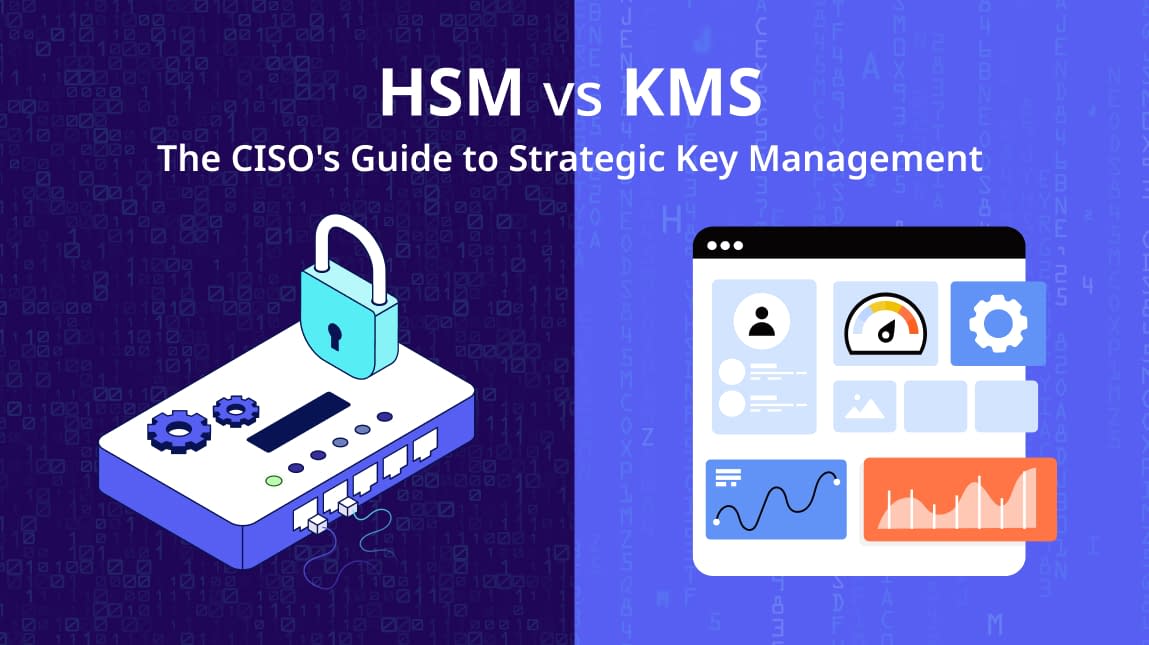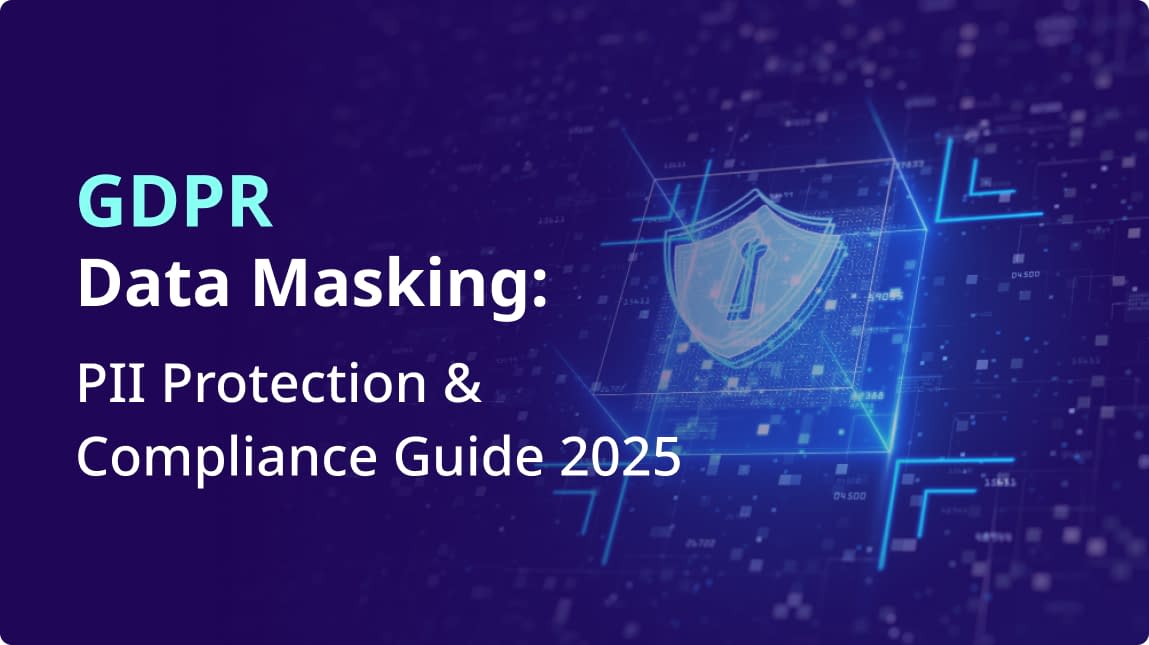The Payment Card Industry Data Security Standard (PCI DSS) 4.0 marks the most significant evolution of cardholder data protection requirements in over a decade. To maintain operational integrity, competitive advantage, and avoid substantial compliance penalties, organizations that process, store, or transmit payment card information are compelled to thoroughly understand and comply with PCI DSS 4.0. This process involves the development of robust compliance strategies, and leveraging technologies to streamline the identification and protection of payment card information (PCI).
Accutive Security’s Accutive Data Discovery + Masking (ADM) platform helps enterprises uncover, classify, mask, and tokenize cardholder data automatically, thereby delivering continuous compliance without slowing innovation.
What is PCI DSS 4.0?
Released in March 2022 by the PCI Security Standards Council (PCI SSC), PCI DSS 4.0 represents a comprehensive modernization of the framework originally introduced in 2004. Its primary objectives include:
- Evolving Security Controls: Adapting security practices and controls to effectively address current and emerging threat landscapes, particularly those related to cloud environments, DevOps methodologies, and advanced persistent threats.
- Supporting Customized Implementations: Introducing greater flexibility by allowing organizations to implement security controls in a customized manner, particularly through the use of targeted risk analyses for defining and validating alternative or compensating controls when strict adherence to a prescribed control is not feasible.
- Promoting Continuous Compliance: Shifting the compliance paradigm from episodic, once-a-year audits to a continuous, ongoing process of security posture management and validation. This emphasizes proactive monitoring and maintenance of controls.
- Enhancing Validation Methods: Strengthening the rigor of validation through expanded testing procedures, more explicit evidence collection requirements, and clearer reporting obligations for assessors.
PCI DSS 4.0 Transition Timeline
PCI DSS 4.0 is currently within its extended transition phase. All entities are mandated to achieve full compliance with existing requirements by March 31, 2025. Additionally, a select set of future-dated requirements will become mandatory on March 31, 2026. This staggered approach was designed to allow organizations time to implement and validate the more complex or resource-intensive new requirements. Note: If your organization is currently out of compliance, our experts can help you implement rapid actions to come into compliance with PCI DSS 4.0.
How Do Organizations Comply with PCI DSS 4.0?
Achieving and maintaining compliance with PCI DSS 4.0 is an iterative and continuous process, requiring a structured approach that extends beyond annual assessments. Key steps include:
Define Scope: The foundational step involves accurately identifying all system components, processes, and personnel that store, process, or transmit Cardholder Data (CHD), or that could impact the security of the Cardholder Data Environment (CDE). This includes all connected networks, applications, and third-party service providers. An accurate and well-defined scope is paramount for effective compliance.
Perform a Gap Assessment: Organizations must conduct a thorough gap assessment, mapping their existing security controls and practices against all 12 requirement families of PCI DSS 4.0. This detailed analysis will identify and document any discrepancies, weaknesses, or missing controls that need to be addressed to achieve full compliance.
Remediate Identified Gaps: Following the gap assessment, remediation efforts must be prioritized. Critical high-risk findings, particularly the discovery of unencrypted or “cardholder data in the clear,” should be addressed immediately. Remediation involves implementing new security controls, enhancing existing ones, and ensuring they align with the risk-based approaches encouraged by PCI DSS 4.0.
Validate Compliance: Once remediation is complete, organizations must formally validate their compliance posture. This is typically achieved by completing an appropriate Self-Assessment Questionnaire (SAQ) for eligible entities, or by engaging a Qualified Security Assessor (QSA) to conduct a comprehensive assessment and generate a Report on Compliance (ROC) for larger entities or those with more complex environments.
Monitor Continuously: PCI DSS 4.0 strongly emphasizes a shift from point-in-time compliance to continuous security. This involves implementing robust monitoring mechanisms, including automated data discovery, data masking, tokenization, comprehensive logging, and real-time alerting systems. These tools help organizations maintain a consistent state of compliance throughout the year by promptly identifying and addressing new vulnerabilities or changes in the CDE.
PCI DSS 4.0 explicitly promotes and, in many areas, necessitates a move towards continuous and automated processes for discovering, protecting, and monitoring cardholder data. Relying on manual, spreadsheet-driven processes for maintaining compliance is increasingly unsustainable and will likely prove insufficient for meeting the dynamic requirements of the standard. Automation streamlines operations, reduces human error, and provides the agility required for ongoing compliance. While PCI DSS 4.0 does not mandate automation for every control, the increased review frequencies and evidence requirements make automated discovery, protection, and monitoring the most efficient (and often the only scalable) approach
Data Masking and Tokenization for PCI DSS 4.0: What’s the Difference?
| Control | Purpose | Typical Use | PCI DSS 4.0 Alignment |
|---|---|---|---|
| Data Masking | Obscures sensitive data elements while preserving realistic format (e.g., showing only the last 4 digits of a PAN). | Non‑production environments, development and testing, and analytics. | Supports Requirements 3.4.1 & 3.5—rendering PAN unreadable when displayed or stored outside the live transaction flow. |
| Tokenization | Replaces the primary account number (PAN) with a non‑sensitive surrogate (token) that has no mathematical relationship to the original value. | Production environments, recurring billing, vaultless e‑commerce architectures. | Meets Requirement 3.4.1 by removing PAN from scope. |
Key takeaway: Both techniques reduce the attack surface, but tokenization can eliminate PCI scope entirely when implemented correctly. In many organizations, both data masking and tokenization are used to protect cardholder data and ensure compliance under PCI DSS 4.0.
Seamless Compliance with PCI DSS 4.0
To satisfy the new standard, organizations must demonstrate that cardholder data is comprehensively managed and protected throughout its lifecycle:
- Discovered and Classified across on-premises, cloud, and SaaS assets (). This crucial foundational step requires organizations to accurately identify and understand where all cardholder data resides, its format, and its sensitivity across their entire IT ecosystem, including ephemeral cloud instances and third-party applications. This proactive visibility is essential for accurately defining and segmenting the Cardholder Data Environment (CDE).
- Protected at Rest via strong encryption or robust tokenization (). This cornerstone requirement mandates that Primary Account Numbers (PANs) are rendered unreadable wherever they are stored. This can be achieved through industry-accepted cryptographic algorithms with robust key management, or by replacing the PAN with a non-sensitive token, significantly reducing the merchant’s PCI DSS scope.
- Masked on Display based on defined role-based access controls (). Beyond simple masking, this requires organizations to implement strict policies governing who can view full PANs and under what circumstances, typically enforced through granular Role-Based Access Controls (RBAC). This minimizes exposure in internal systems like customer service applications, even for authorized personnel.
- Logged and Monitored with tamper-resistant audit trails (). Comprehensive logging is vital for detection and incident response, providing an auditable trail of all events related to the CDE. Logs must be protected from unauthorized modification or deletion, often through secure storage or transmission to a centralized, secure logging system (SIEM).
- Validated Continuously to prove controls remain effective (). PCI DSS 4.0 emphasizes a shift from periodic assessments to a continuous state of compliance. Organizations must implement processes and technologies to continuously monitor the effectiveness of their security controls, proactively identify any control failures, and promptly remediate them.
Manually ensuring compliance across these five stages using a fragmented tool set is costly, resource-intensive and risky. The best practice for PCI compliance is to implement a single platform or integrated toolset that facilitates compliance with PCI standards across the organization.
Roadmap to Automated PCI DSS 4.0 Compliance
An integrated solution provides a clear pathway to achieving and maintaining PCI DSS 4.0 compliance:
Step 1 — Discover & Inventory Cardholder Data Agentless, pattern-based scanning precisely pinpoints PANs, CVVs, expiration dates, and other sensitive PII (Personally Identifiable Information) across diverse data stores, including databases, data lakes, file shares, and SaaS storage. Intelligent risk scoring highlights the most critical remediation targets first, allowing for strategic allocation of security resources to address the highest-risk data exposures.
Step 2 — Classify & Tag for Policy Control Utilize built-in and custom taxonomies to accurately label data (e.g., PCI-regulated, production, test, HIPAA) and automatically assign appropriate data handling and retention rules based on sensitivity and regulatory requirements.
Step 3 — Mask Non-Production Data On-Demand Implement format-preserving static data masking or synthetic data generation to enable safe and compliant development, QA, and analytics environments. This ensures that sensitive live data is never exposed in non-production systems, significantly reducing PCI DSS scope and risk. Static data masking policies ensure that masked data maintains referential integrity while being untraceable to the source. Advanced data masking techniques ensure that the test data works with comprehensive test scripts, without breaking application logic.
Step 4 — Tokenize Production PANs Leverage high-performance vaultless Format-Preserving Encryption (FPE) tokens to replace live PANs in milliseconds, minimizing transaction latency. This critical step drastically reduces the footprint of the CDE by eliminating direct PAN storage by the merchant. The security of these tokens relies on the strength of the encryption and, critically, robust key management. Enforce least-privilege access to clear PANs through strictly controlled, role-based detokenization processes, ensuring that original PANs are only accessible to authorized personnel with a documented business need.
Step 5 — Prove Compliance with Real-Time Reporting Utilize interactive dashboards that provide real-time visibility and automatically map every data protection action to specific PCI DSS 4.0 controls, demonstrating continuous compliance. Generate scheduled evidence exports to streamline Qualified Security Assessor (QSA) assessments and Self-Assessment Questionnaire (SAQ) submissions, significantly reducing audit preparation time and costs.
Result: Faster audits, lower compliance costs, dramatically reduced breach risk, and a stronger, more resilient security posture.
Why Accutive Data Discovery + Masking (ADM)?
ADM offers a comprehensive and automated approach to data security and PCI DSS 4.0 compliance:
- Unified platform for discovery, classification, masking, and tokenization, which eliminates the complexities and inefficiencies of siloed tools.
- Rapidly transition from discovery to masking or tokenization all in one easy to use platform
- Complete solution that works on all major file types and across all major databases, with enterprise-wide referential integrity
- Scales to billions of records with high-performance, in-memory parallel processing, addressing the demands of even the largest enterprise data environments.
- Zero-trust architecture implemented with granular Role-Based Access Control (RBAC), Multi-Factor Authentication (MFA), and tamper-proof logs to ensure robust security and accountability.
- Flexible deployment options including on-premises, private cloud, or a fully managed SaaS model, to align with diverse organizational IT strategies.
- Expert services from Accutive Security accelerate time to value and provide customized control implementation tailored to your specific environment and compliance needs.












Comment